Apple ber cultivation involves the least amount of work and resources of any fruit tree. It’s an excellent rainfed crop that may be produced in semi-arid and dry environments because of its high yield. As a result, the tree can guarantee a profit even in poor soil and support a farmer on a small budget. Below we will learn about a successful farmer growing apple ber, and we will learn about the profits and his experiences involved in apple ber cultivation. Let’s check out on earning 6 lakhs from 5 acre Apple ber/jujube farm below.
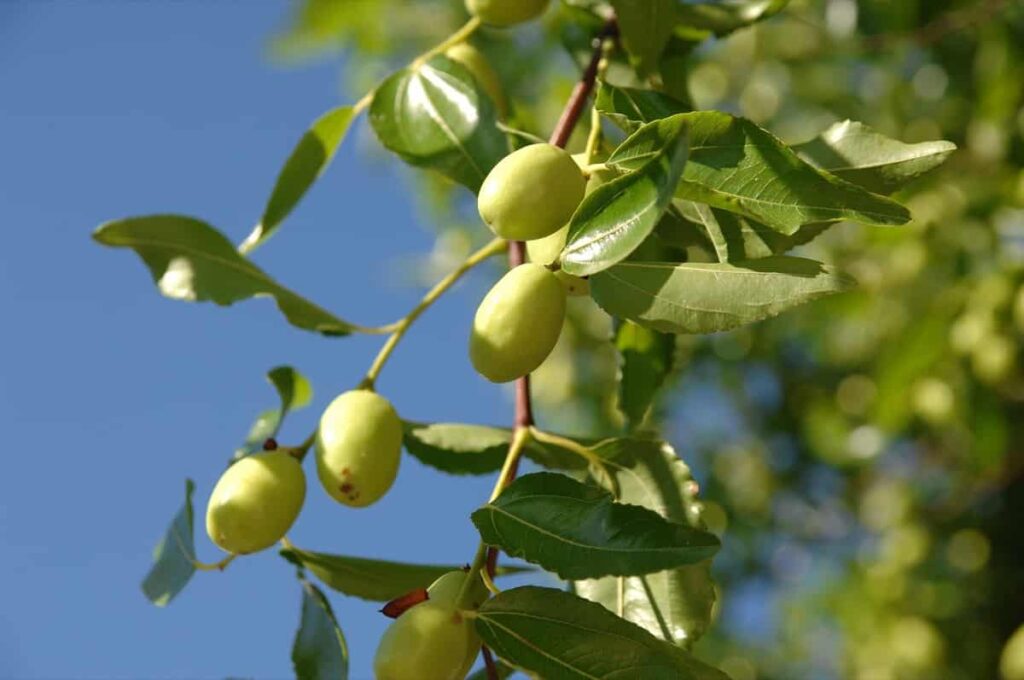
Is apple ber cultivation profitable?
The Indian Jujube, called the apple ber, is one of the most profitable crops in India, with little upkeep and labor requirements. The Apple Ber is a prolific crop with a retail price of Rs.20 and a wholesale price of up to Rs.50 per kilogram. The apple ber is a highly profitable crop that can be grown in arid lands with limited irrigation and poor soil condition, yielding up to 100 kilos of fruit per plant. Even at the lowest possible price, an acre of apple ber might bring in two million rupees.
While Fruit has been around for some time, the hybrid kinds that are higher in the flesh-to-seed ratio are more recent. The old Jujube fruit that was readily accessible in India had a very pungent smell and flavor. It’s important to note that commercially grown ber is not the same as the ber often found in India. Commercially grown Apple Bers is often mistaken for smaller Green apples because of their similar appearance.
The flavor is refreshingly tangy and sweet. India is home to two commercially-cultivated apple ber cultivars. The two varieties in question are the Kashmiri Apple ber, whose fruit is somewhat red, and the Green Apple ber, which is totally green but becomes a faint yellow when mature. The Indian market has a high demand for both fruits.
What climate is ideal for Apple ber cultivation in India?
Apple Ber thrives in hot, dry climates with short monsoons. It is ideal for places like Gujarat and Rajasthan, as well as certain regions of Tamil Nadu, Andhra Pradesh, and Karnataka. Temperatures and precipitation levels should be high year-round. The plant will go into dormancy and withstand the winter, but frost damage will kill it. Extreme precipitation can lead to fungal infections and root rot.
The rapid spread of apple ber can largely be attributed to the plant’s ability to thrive in various climates and soil types. The soil conditions don’t matter too much for growing apple ber. In this case, it doesn’t matter whether the soil is sandy loam, black cotton, or clay. Though apple ber may survive in a little flooded environment, it is best to keep the water moving as little as possible. It’s not a good idea to plant in saline soil.
In case you missed it: Earning 70 Lakhs from Rose Cultivation in 5 Acre Polyhouse: The Success Story of a Flower Farmer
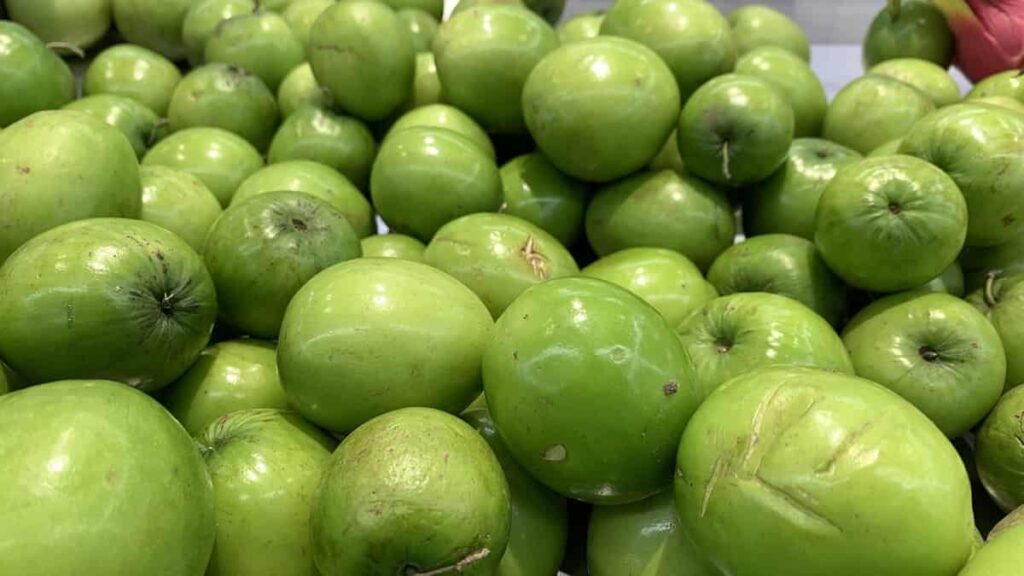
What are the types of Apple ber?
The thorny plant known as ber, more popularly referred to as jujube, may be found throughout India. In certain circles, it is also known as the coconut ber. The plants are not very productive and have sharp thorns. These plants are rarely grown for use in commercial agriculture. The green apple ber and the Kashmiri Apple ber are examples of commercial apple types that are often cultivated for agricultural purposes.
How to grow Apple ber trees?
In the past, seeds were a popular method of spreading the Ber. One major drawback, however, is that the offspring of these plants tend to be heterozygous and variable. As a result, patch budding is advocated for the development of better cultivars. It is recommended that ber seeds be sown in the field at the appropriate distances, and the resulting seedlings are used for budding operations. To speed up the germination process, it is necessary to shatter the endocarp (the hard seed coat) of the ber seeds.
In Maharashtra and other dry and semi-arid regions of our nation, in situ planting at a spacing of 6 x, 6 m is best grown during the monsoon season. The plants will be guaranteed healthy survival and successful development by applying protective watering throughout the summer. New branches can be expected in July if you prune these seedlings in May. Patch budding in July can transform these shoots into a high-quality cultivar.
Planting seasons in Northern India typically occur every 7-8 months between February and March and July and September. Digging 60x60x60 cm pits follows the plan. Amounting to around 100 g, 10% carbaryl or Aldrex dust is sprinkled over the undersides of pits to keep termites at bay. To the topsoil, we add 20 kilograms of farmyard manure and 1 kilogram of super phosphates. The monsoon season is the ideal time to put treated seeds or bud grafts in these holes.
In case you missed it: How this Farmer Earning 50 Lakhs From his 5 Acres Farm: A Success Story of a Vegetable Farmer in India
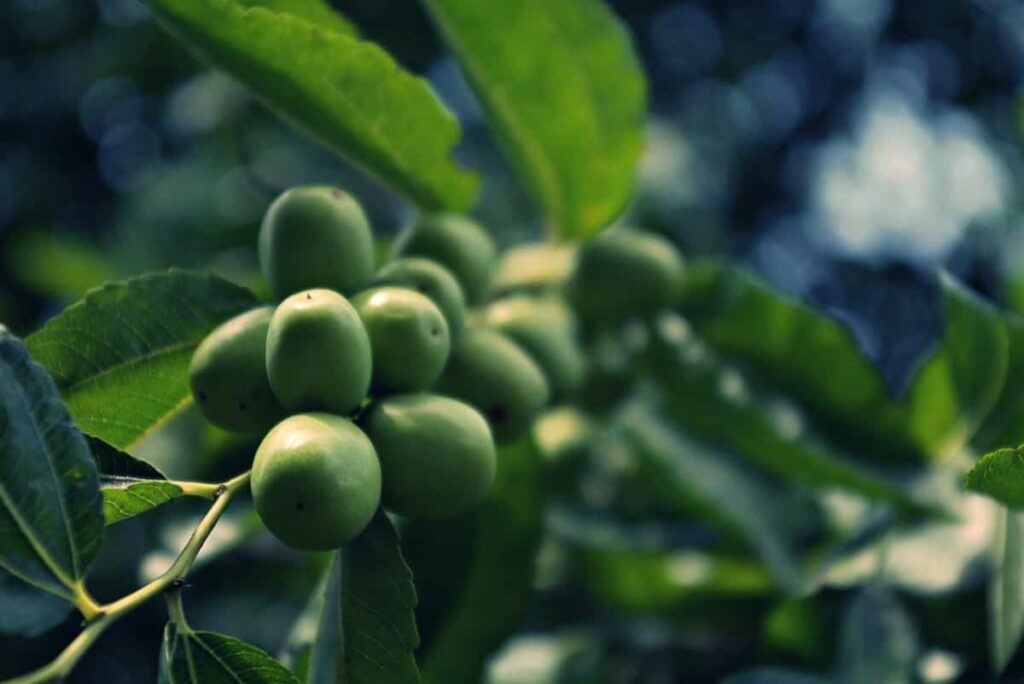
How to train and prune Apple ber plants?
If left to their own devices, Ber trees would grow into a big, unruly bush, but the yield per acre is poor. To maintain a manageable plant size and form, trees must be trained carefully throughout their first two to three years. After that, new shoots, originating naturally or transplanted, can grow taller with the help of bamboo canes. When the plant reaches a height of approximately 1 to 1.5 meters, the top growth is cut down to encourage the lower buds on the main stem to develop into the main branches.
These main branches will be pinched to produce secondary branches when they have grown enough. This means that plants may be educated to stay a manageable size and form via pruning and that their structure can be maintained throughout time. Pruning is a crucial step in ber development because berries develop on the leaf axils of new branches. Therefore, pruning is done annually to encourage a maximum of new healthy shoots that yield high-quality fruits.
How much water and fertilizer are required for Apple ber?
Apple trees need very little watering. Land must be drained thoroughly to avoid waterlogging during the monsoon. We are only supposed to water sparingly during the heat. Apple ber needs very little water; throughout the summer, 15 minutes of watering twice weekly by drip irrigation is adequate. Drip irrigation might be an excellent solution in locations where water is scarce.
In case you missed it: Earning 24 Lakh Rupees from Polyhouse Chrysanthemum Cultivation: A Success Story of a Flower Farmer in India
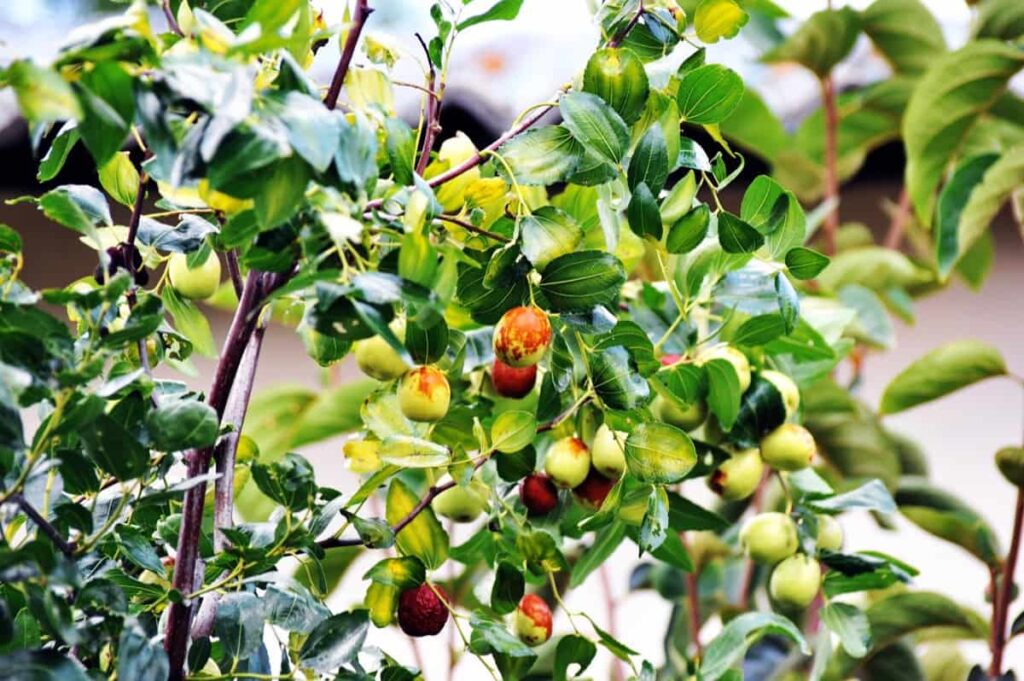
It is not necessary to use fertilizers while growing apples ber. Annual pre-monsoon applications of FYM or compost should be enough for plant development and fruiting. Some farmers use NPK, and although it does improve yields, the resulting abundance of fruit often leads to broken stems. Fruits may need to be thinned if fertilized.
How to harvest Apple ber plants?
The apple ber plant requires very little attention from the farmer compared to other crops. In addition to initial planting, subsequent care is rather light. Once a year, the plants need to be clipped, and the only other time is during harvest. The apple ber variety of ber has thornless plants. The workers experience no delays, and the harvesting is completed rapidly.
Earning 6 lakhs from 5 acre apple ber/jujube farm
The success story of Mr. Surender
Mr. Surendar is a farmer from Ananthapur district, Andhra Pradesh, who owns 10 acres farm, that he used to cultivate long-term crops such as cotton and maize. Even though he cared for everything while cultivating, he faced huge losses as the market prices were unfavorable. He then wanted to start something different cultivate. He initially wanted to start vegetable cultivation, but as in his area there is water scarcity, he thought it wouldn’t work.
He took three months gap to investigate various crops. During this time, he learned about apple ber cultivation, which has a high-profit rate and can withstand water scarcity. He started gathering the capital and learned different techniques to cultivate apple ber. He visited some apple ber farms and took a few online courses.
After this, when everything was ready, he started cultivating apple ber on four acres, and within no time, his farm was a huge success. He started earning huge profits. We will now learn how this was possible, apple ber cultivation details according to Mr. Surender, his earnings, and his experience.
In case you missed it: Earning 7 Crore Rupees from Donkey Rearing Business: A Success Story of an Entrepreneur in India
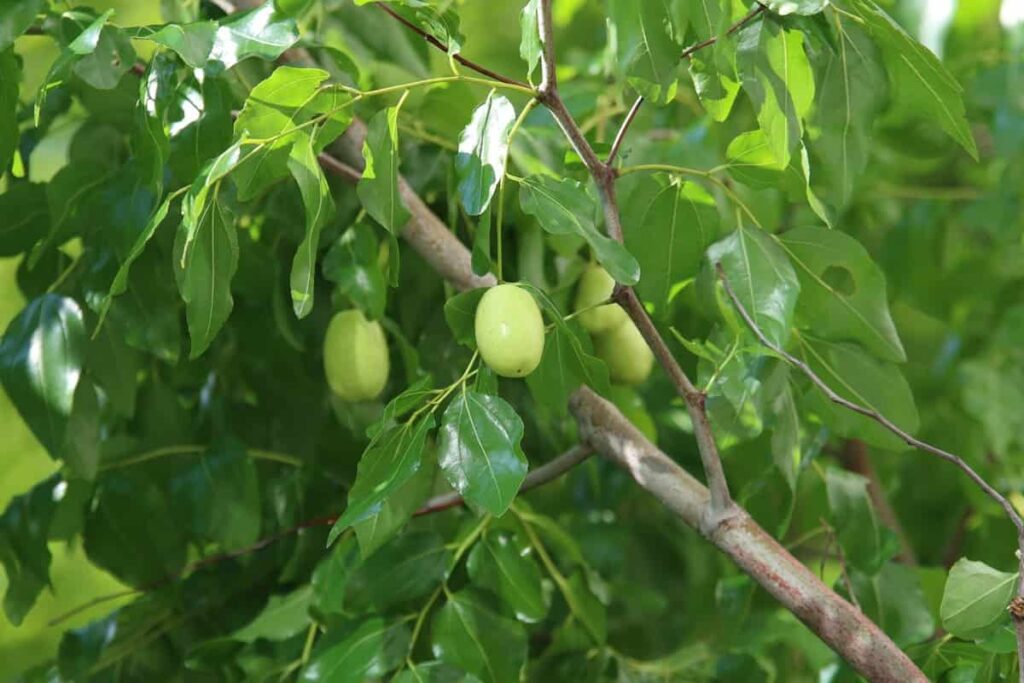
Plant selection, according to Mr. Surender
As mentioned above, Mr. Surender started cultivating apple ber fruits as these have constant demand in the market and fewer price fluctuations. These plants also need less water to survive, which makes these plants ideal for growing on Mr. Surender’s farm. He cultivates the Umran variety on his farm.
These oval-shaped fruits have skins that are both smooth and shiny. At first, the fruit is a bright yellow, but as it ripens, it becomes a rich chocolate brown. In late March to early April, it reaches full maturity. Produces an average of 150–200 kg per tree on average. Mr. Surender says that he bought plants at rupees 30 per each.
Cultivation details of apple ber, in Mr. Surender’s words
These plants grow in any soil. For land preparation, Mr. Surender added tons of chicken manure, cow manure, and other animal manure to his farm. He also additionally added compost. Once these all are added, the land should be plowed thoroughly, which helps mix the manure with the soil. Once the land is prepared, we can start the planting process. Mr. Surender planted nearly 100 trees per acre, meaning he planted nearly 400 plants for his whole farm.
Once the plants are planted, we can expect the first harvest after nine months, says Mr. Surender. On his farm, he left a space of 24 feet between each plant in a row and 25 feet space between the rows. As these plants grow into huge trees, this spacing is ideal, says Mr. Surender. However, he also says you should stock these plants by leaving less space between their plants. This makes the plants undergo stress and competition for nutrients, affecting the crop and yield.
Mr. Surender says that labor cost is one of the major investments in apple ber cultivation. For each acre, you will need at least 3 to 4 members to take care of the trees and mainly to harvest the trees. As Mr. Surender’s farm was a water problem, he dug a small pond beside his farm for rainwater. For watering, Mr. Surender uses a drip irrigation system. He says this system is ideal as it involves less water wastage and is more efficient. Apart from the ponds, he installed two tanks beside the farm. This helps him to water the plants in the summer.
Pruning for these plants is done in march and April months. Mr. Surender uses Girdling technique to make his plants extend their harvest season. Ring-barking, or girdling, is stripping the bark off the whole circle of a trunk of the apple ber tree, and in the long run, girdling leads to the death of the region located above the girdle. If a tree’s main stem gets girdled and nothing grows to heal the wound from above, the tree will die and the branch with it.
A fruiting plant can be girdled to induce it to produce bigger fruit. A girdle (bark removal) is placed at a major branch’s trunk or base in agriculture. Because there are no other places for the sugars produced by the leaves to go, the fruit swells to abnormal proportions. Hence this technique also helps him produce bigger fruits. These plants heal themselves from girdling over time. On his farm, Mr. Surender won’t use any harmful fertilizers. Most fertilizers are natural and will be given to the plants through the fertigation process.
The Fertigation process involves providing liquid fertilizers to the plants through drip pipes. This should be done after irrigating the plants as the nutrients, instead of washing off deep into the ground, will sit near the roots of the plant—this aids in higher fruit yield and effective water and fertilizer use. Along with the natural fertilizer, he uses soil rejuvenators on his farm, which optimizes the nutrient-holding capacity of the soil.
In case you missed it: Earning 10 Lakh Rupees from Bamboo Cultivation: A Sucess Story of a Bamboo Farmer in India
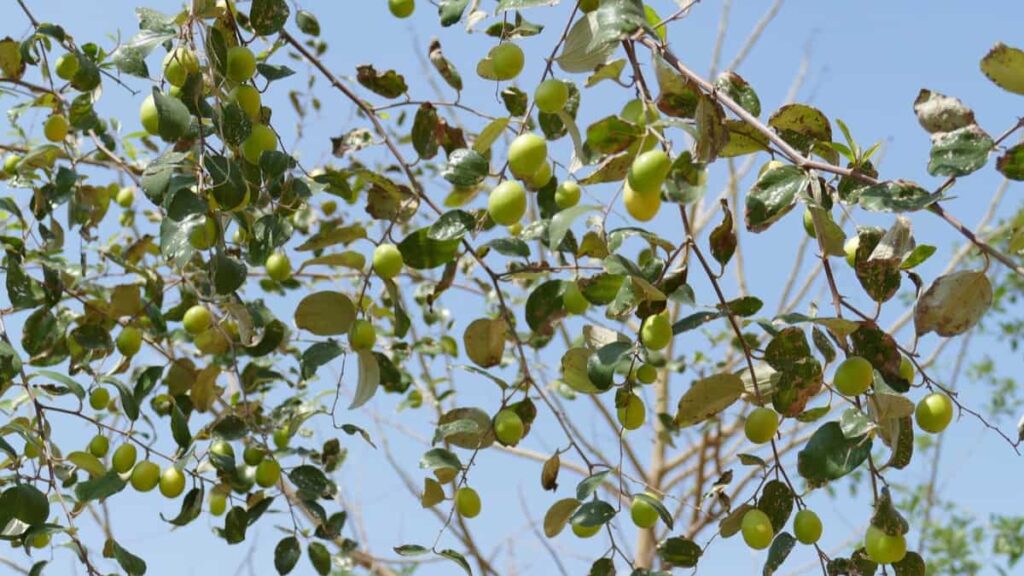
Watering should be done on alternative days. And fertigation should be done with fertilizers at a 3 kg per acre rate. From the time of planting to till the flowering stage, you should give 0.52.38 fertilizer to your plants. From here to the fruiting stage, you must provide your plants with 13.0.45 fertilizer. Once the fruit develops, you must provide 0.0.50 fertilizers to your farm. Every year for each plant, 5 kg of animal manure and 10 kg of new soil are provided. This will aid in achieving higher yield, says Mr. Surender.
Investment and profit analysis of Mr. Surender’s Apple ber farm
Mr. Surender sells his fruits at a rate of 13 rupees per kg. He says it took him nearly two lakhs as an investment for his 4-acre farm. And his income from his whole farm was nearly 8 lakh rupees per acre. If we take off the investment from his income, we get a net profit of 6 lakh rupees. This is a decent profit for a farmer who cultivates on 4 acres.
Mr. Surender says he is happy that he started this apple ber farm and is thinking of extending this farm onto another 6 acres. He became debt free now and advised people to get into this farming. He also says he is looking forward to guiding people into apple ber cultivation.
- Types of Pesticides Used in Agriculture: A Beginner’s Guide
- Economical Aquaculture: A Guide to Low-Budget Fish Farming
- 15 Common Planting Errors That Can Doom Your Fruit Trees
- How to Make Houseplants Bushy: Effective Tips and Ideas
- Innovative Strategies for Boosting Coconut Pollination and Yield
- Pollination Strategies for Maximum Pumpkin Yield
- The Complete Guide to Chicken Fattening: Strategies for Maximum Growth
- Natural Solutions for Tulip Problems: 100% Effective Remedies for Leaf and Bulb-Related Issues
- Revolutionizing Citrus Preservation: Towards a Healthier, Greener Future
- Natural Solutions for Peony Leaf and Flower Problems: 100% Effective Remedies
- Maximizing Profits with Avocado Contract Farming in India: A Comprehensive Guide
- Natural Solutions for Hydrangea Problems: 100% Effective Remedies for Leaf and Flowers
- The Ultimate Guide to Choosing the Perfect Foliage Friend: Bringing Life Indoors
- From Sunlight to Sustainability: 15 Ways to Use Solar Technology in Agriculture
- The Ultimate Guide to Dong Tao Chicken: Exploring from History to Raising
- The Eco-Friendly Makeover: How to Convert Your Unused Swimming Pool into a Fish Pond
- Mastering the Art of Delaware Chicken Farming: Essentials for Healthy Backyard Flocks
- 20 Best Homemade Fertilizers for Money Plant: DIY Recipes and Application Methods
- How to Craft a Comprehensive Free-Range Chicken Farming Business Plan
- Brighten Your Flock: Raising Easter Egger Chickens for Beauty and Bounty
- How to Optimize Your Poultry Egg Farm Business Plan with These Strategies
- Subsidy for Spirulina Cultivation: How Indian Government Schemes Encouraging Spirulina Farmers
- Ultimate Guide to Raising Dominique Chickens: Breeding, Feeding, Egg-Production, and Care
- Mastering the Art of Raising Jersey Giant Chickens: Care, Feeding, and More
- Ultimate Guide to Raising Legbar Chickens: Breeding, Farming Practices, Diet, Egg-Production
- How to Raise Welsummer Chickens: A Comprehensive Guide for Beginners
- How to Protect Indoor Plants in Winter: A Comprehensive Guide
- Ultimate Guide to Grow Bag Gardening: Tips, Tricks, and Planting Ideas for Urban Gardeners
- Guide to Lotus Cultivation: How to Propagate, Plant, Grow, Care, Cost, and Profit
- Agriculture Drone Subsidy Scheme: Government Kisan Subsidy, License, and How to Apply Online
- Ultimate Guide to Raising Araucana Chickens: Breed Profile, Farming Economics, Diet, and Care
- Bringing Hydroponics to Classroom: Importance, Benefits of Learning for School Students
- Ultimate Guide to Raising Polish Chickens: Breed Profile, Farming Economics, Diet, and Care
- Ultimate Guide to Raising Australorp Chickens: Profile, Farming Economics, Egg Production, Diet, and Care
- Silkie Chicken Farming: Raising Practices, Varieties, Egg Production, Diet, and Care
- Sussex Chicken Farming: Raising Practices, Varieties, Egg Production, Diet and Care